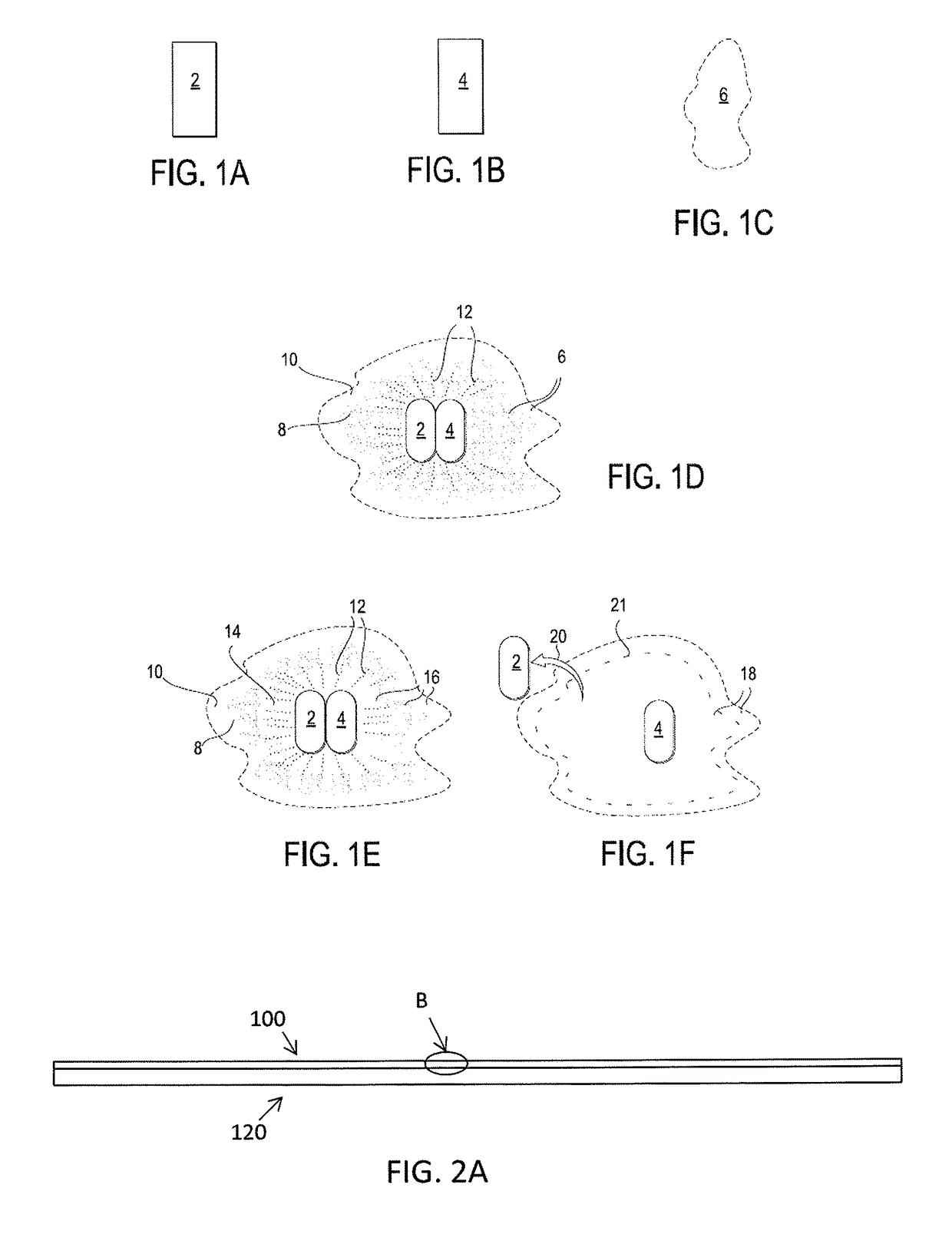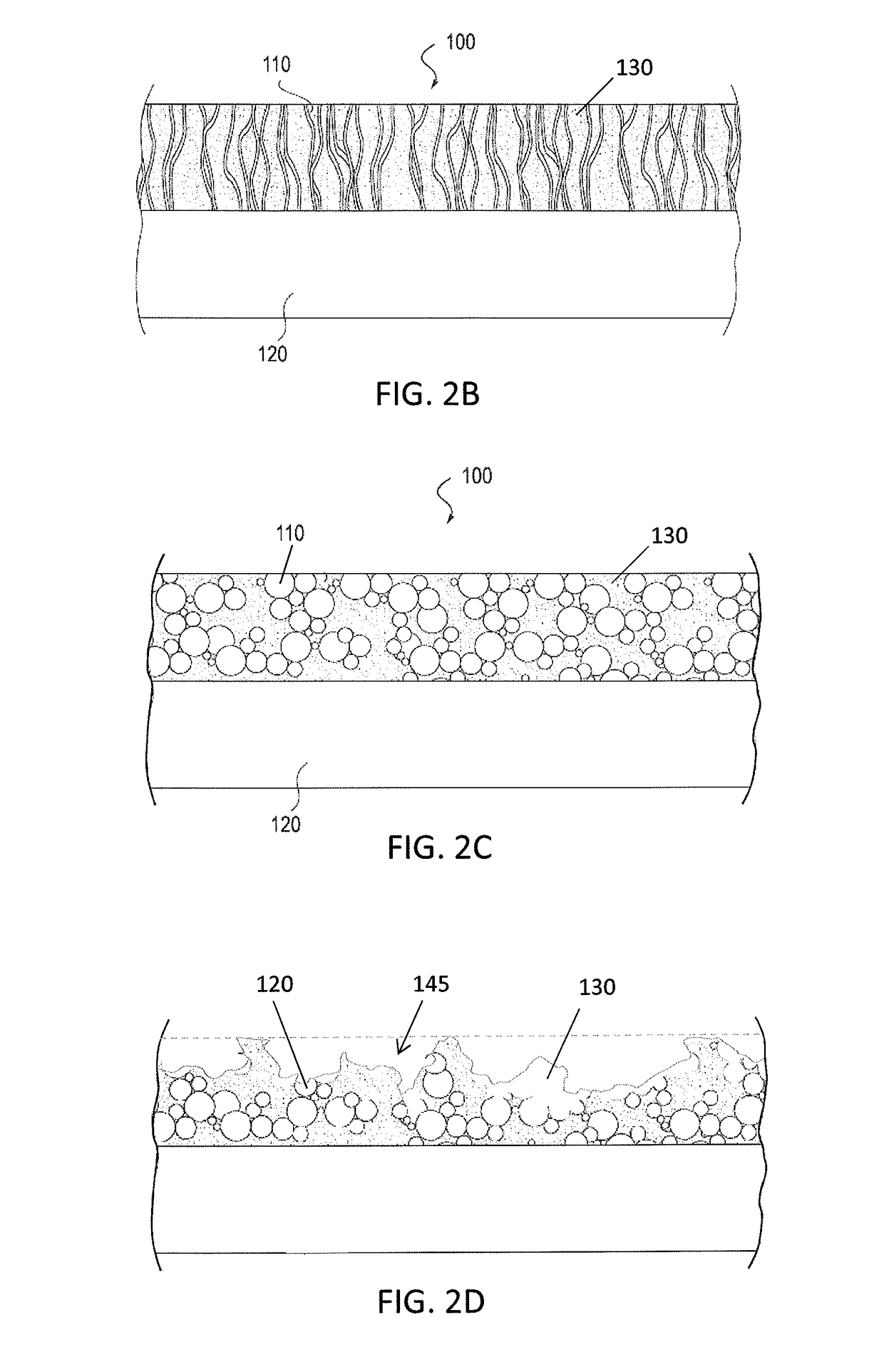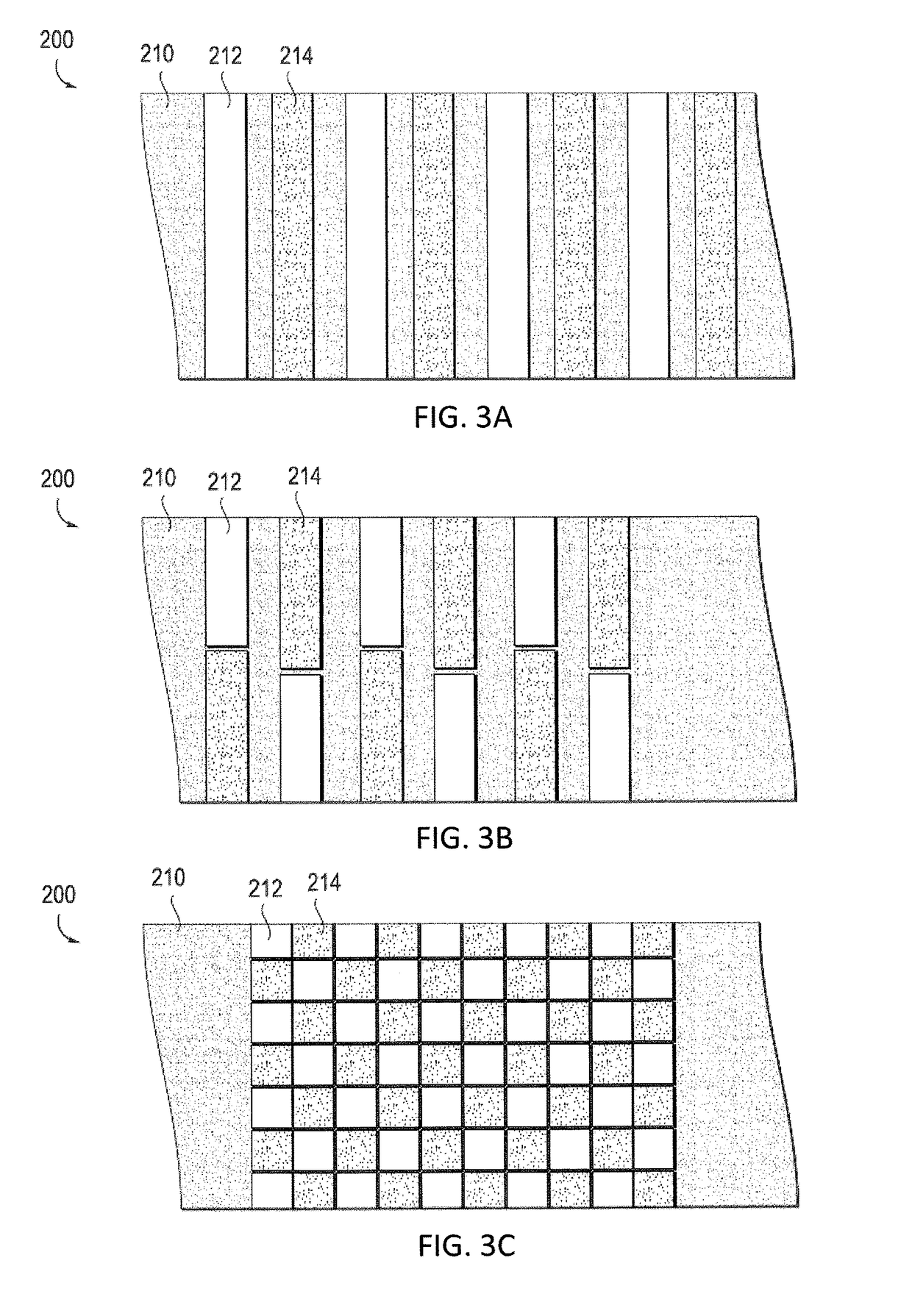Coatings for the controllable release of antimicrobial metal ions
- Summary
- Abstract
- Description
- Claims
- Application Information
AI Technical Summary
Benefits of technology
Problems solved by technology
Method used
Image
Examples
examples
[0177]Any of the coatings described herein may be included on all or a portion of a medical device. For example, any of the following devices may be wholly or partially coated with a mixture of an anodic metal and a cathodic metal as described herein: shunts (e.g., drainage shunts, dialysis shunts, etc.), catheters (e.g., urinary catheters, intravascular catheters, etc.), ports (e.g., portacath, etc.), artificial joints (e.g., total hip, knee, etc.), pacemakers, defibrillators (ICD), pain management implants, neuro-stimulators, neuro-pacemakers, stents, bariatric balloons, artificial heart valves, orthodontic braces, pumps (drug pumps, e.g., insulin pumps, etc.), implantable birth control devices, IUDs, etc.
[0178]Any of the coatings described herein may be included on all or a portion of a medical tool. For example, any of the following materials for use in operating on a subject may be wholly or partially coated with a mixture of an anodic metal and a cathodic metal as described he...
PUM
| Property | Measurement | Unit |
|---|---|---|
| Fraction | aaaaa | aaaaa |
| Fraction | aaaaa | aaaaa |
| Fraction | aaaaa | aaaaa |
Abstract
Description
Claims
Application Information
 Login to View More
Login to View More - R&D
- Intellectual Property
- Life Sciences
- Materials
- Tech Scout
- Unparalleled Data Quality
- Higher Quality Content
- 60% Fewer Hallucinations
Browse by: Latest US Patents, China's latest patents, Technical Efficacy Thesaurus, Application Domain, Technology Topic, Popular Technical Reports.
© 2025 PatSnap. All rights reserved.Legal|Privacy policy|Modern Slavery Act Transparency Statement|Sitemap|About US| Contact US: help@patsnap.com



